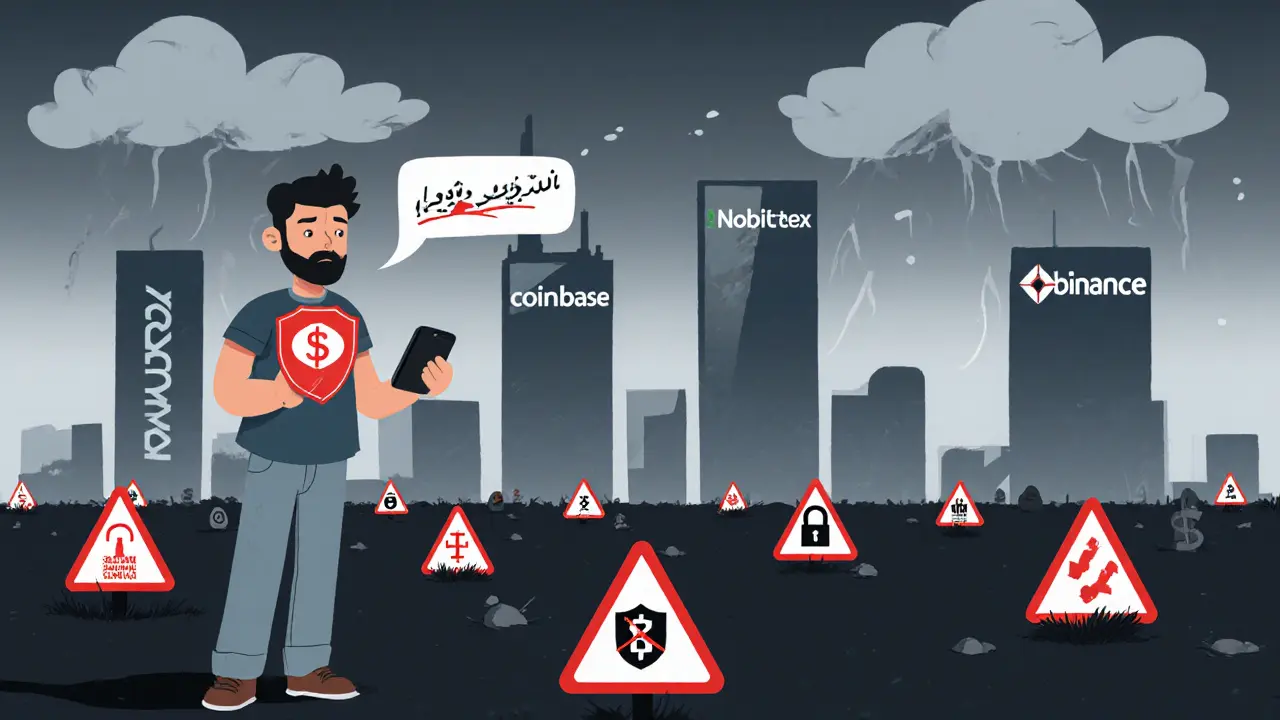Tether Freeze: What It Means for Your Crypto Holdings
When talking about Tether freeze, a temporary halt on USDT deposits, withdrawals or transfers caused by technical glitches, regulatory pressure, or liquidity shortages. Also known as a stablecoin suspension, it can pop up on big crypto exchange, any platform that lets users trade or store digital assets or even on the Tether network itself. In plain English, a freeze means you can’t move your USDT until the issue is cleared.
The core of a Tether (USDT), a dollar‑backed stablecoin that aims to keep a 1:1 value with the US dollar is its peg and liquidity. When a freeze hits, that peg is tested. Regulatory bodies often step in, demanding proof of reserves or forcing platforms to suspend activity until compliance is verified. This regulatory influence drives the freeze, while the exchange’s response determines how quickly users regain access.
Why a Freeze Happens and What It Affects
Three main forces can trigger a Tether freeze. First, a sudden liquidity squeeze, when large holders withdraw USDT faster than the network can replenish creates a shortage that forces platforms to pause transactions. Second, a regulatory crackdown, such as a demand for audit transparency or a legal injunction can compel exchanges to lock USDT to avoid violating laws. Third, a technical fault – like a smart‑contract bug or blockchain congestion – can temporarily freeze the token’s movement.
Each scenario shapes user experience differently. During a liquidity squeeze, you might see withdrawal limits or longer processing times. In a regulatory freeze, you could get notices asking for KYC documentation before access is restored. Technical issues often result in error messages and a waiting period while developers patch the problem.
Understanding these triggers helps you react smarter. If you spot a freeze notice, check the platform’s official channels for the root cause. A clear regulatory statement usually means the freeze will lift once compliance documents are submitted. A liquidity‑driven pause may resolve quicker if the exchange secures fresh funding or moves assets from reserve accounts.
For investors, a freeze also signals risk. Stablecoins are supposed to be stable, but a suspension can cause price deviations – USDT may trade below $1 on open markets. That dip creates arbitrage opportunities but also exposes you to potential losses if you rely on the peg for payments or margin.
Below you’ll find a curated collection of articles that dive deeper into real‑world freezes, exchange reviews, regulatory updates, and how to protect your holdings when a freeze hits. Whether you’re a casual holder or a trader watching the market, the guides will give you actionable steps and clear context to navigate any Tether freeze situation.
Crypto Exchanges Iranian Users Should Avoid in 2025
A 2025 guide showing which crypto exchanges Iranian users should avoid, why sanctions, hacks, and stablecoin caps make them risky, and how to stay safe.





